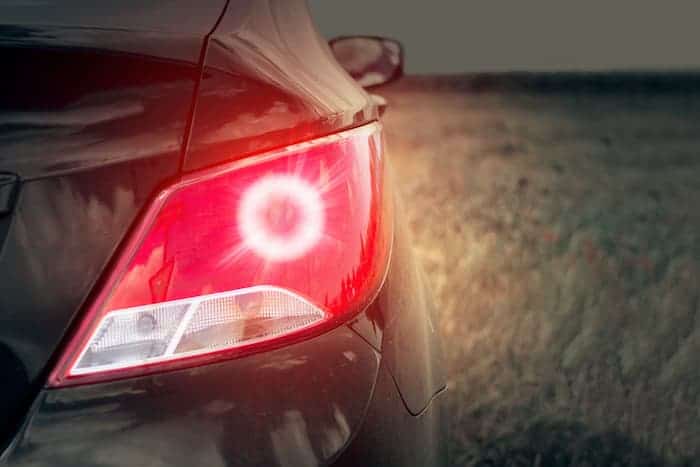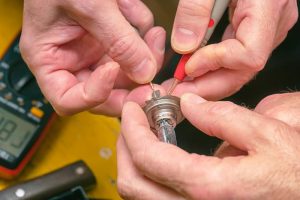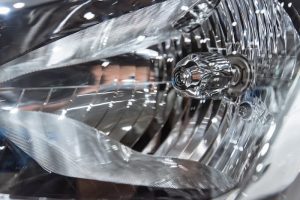Most people confuse the words “brake light” with “tail light” when addressing automotive lighting. To some people they are the same as most car rear lights only come in pairs unlike front lights with different types of headlight housing. However, they are not and shouldn’t be mixed up. Tail lights and brake lights are different lights with different purposes. It’s crucial to consider the differences between the tail light and brake light to comprehend their distinctive automotive functions and how they operate.
Tail light vs Brake light
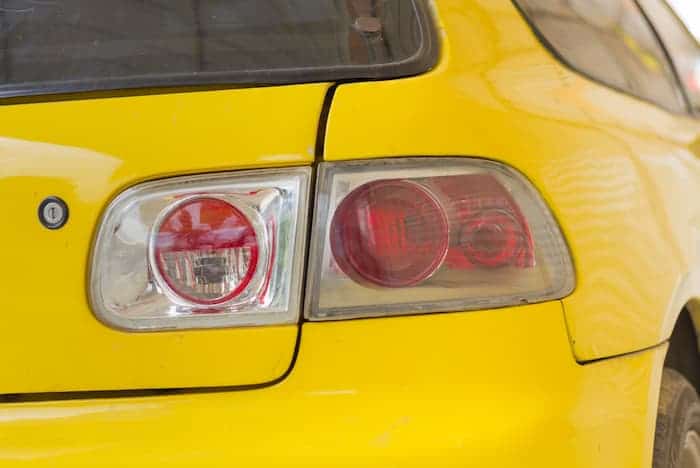
Oftentimes, you’ll find that your car’s tail lights function but the brake lights don’t, and vice versa. If they were the same lights, this would not have happened. Here are the meanings and functions of each, so you can see how they differ.
Brake lights:
The braking mechanism activates the brake lights. When you apply the brakes, they come on. A working set of brake lights is essential for driving and road safety. They alert the drivers behind you to the upcoming speed change. Consider being behind a car with faulty brake lights. You will have no idea when the speed is going to change. Misunderstandings like these can lead to car accidents.
There are several reasons why brake lights don’t function or respond slowly. Dim bulbs, filthy lenses, and faulty wiring are only a few examples. Routine car maintenance is an excellent way to prevent these problems. Brake lights and their related accessories, like any other car feature, need maintenance and replacement regularly. Daily inspections can assist in the early identification of a problem. Your fast-thinking could save you from a significant car accident.
The middle high-mount stop lamp is a different type of brake light. You may be wondering what this light has to do with the tail light vs brake light comparison. You’re not on your own. Many drivers are unaware of the function of the third brake light.
This light, which is located between the right and left brake lights but at a higher elevation, serves as a fail-safe if the brake lights are not visible for any reason. It alerts oncoming motorists to the imminent braking action. Since it is bigger than the other two brake lights.
Tail lights:
The front headlights activate the tail lights. Since the headlights are only switched on at night or in low light, the red tail lights are often turned off during the day. Since they are designed to be turned on in hazy, foggy, and dim environments, they have a lower visibility than brake lights. Tail lights aim to alert other drivers to your vehicle’s presence when visibility is restricted. They fail for various reasons, including cracked lenses, broken wiring, defective bulb filaments, and a few others. But when you clean your car tail lights regularly, you would be able to detect problems early enough.
Brake light and tail light replacement: What to keep in mind
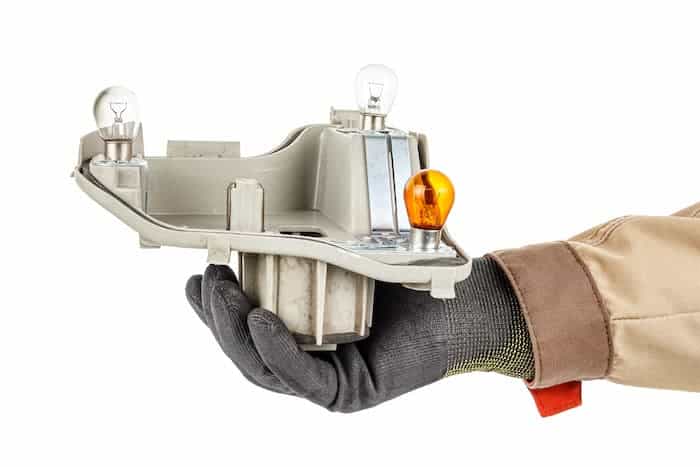
Brake lights:
Your brake lights come on only when you apply pressure to your brakes, signalling other vehicles behind you that you’re slowing down or stopping.
Why they matter:
Simply put, if your brake lights aren’t working, the driver behind you won’t know you’re braking or slowing down. Not testing or changing your tail lights may result in not only a traffic accident but also delayed delivery times, being pulled over and fined, and a possible drop in your company’s credibility.
What to keep in mind:
If you need a new brake light quickly, you want to make sure it’s done the first time correctly so you can get back on the road safely. Before you go shopping for brake lights, there are a few things you should know:
- Your vehicle’s make and model.
- The light’s form — round, square, oval, etc.
- Your light’s technology — halogen, LED, etc.
- Is the lighting technology legal to use on the street?
Tail lights:
When you turn on your headlights or activate the parking brake, your tail lights, on the other hand, should come on. They serve to distinguish the vehicle from other vehicles on the road.
Why they matter:
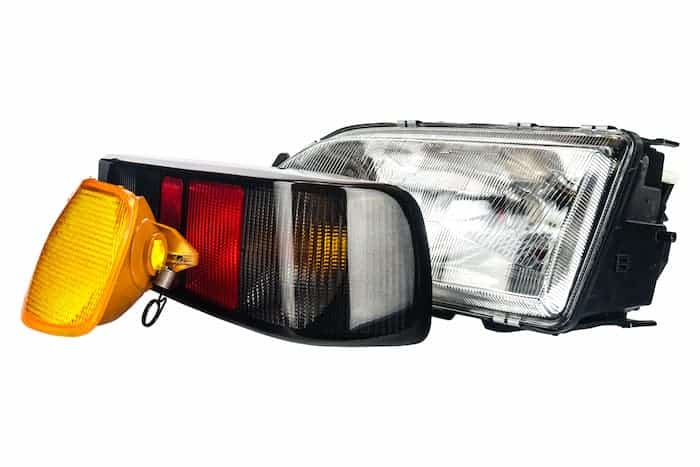
It’s essential for other vehicles on the road to know where your car is while driving at night or in poor weather. Your tail lights signal your presence and help other vehicles decide how much distance they can maintain between themselves and you. If those on the road are unaware of your presence, it might result in a potentially dangerous accident for which you and your business could be held responsible.
What to keep in mind:
Since tail lights and brake lights belong to the same family, the considerations are essentially the same:
- Make and model.
- The light shape.
- Is it time to update your lighting technology or retain the same sort of bulbs?
- Are the lights SAE/DOT compliant in terms of being street legal?
Conclusion
Your brake and tail lights should be tested often and restored as soon as possible using headlight restoration kits, but they aren’t the only lights on your vehicle that need your attention. During all inspections, keep the following in mind:
- Lamps for the head
- Switch on the signal lights.
- Tape for visibility
- Marker illumination
- Kits for an emergency triangle formation
Your car lights have grown to have a long life span, but like all car parts, they need to be replaced, and you don’t want to be on the road when they do. When it comes to changing your lighting, you have choices whether you already have a favourite brand or want to branch out.

